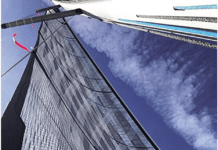Crimping Small Wires
Regarding your recent reports on joining small wires, I have a Perry 59-foot sailboat with 12V DC, 24V DC and 110V AC via both shorepower and a 4kW inverter. We’ve never had electrical problems with connectors when installed, but often have problems getting a good crimp. Often times we have needed to splice a small wire, like 20 gauge, to the manufacturer’s 14 gauge usually when installing LED lights, for example. For the small wire side, I often fold over the 20 gauge to double it up. From experience, I’ve found that a vice-grips work much better than a crimper to get the strongest connection. They’re easy to adjust to get just the right squeeze on the thin wire. Our boat turned 17 years old in February and is connected better now than when new!
Bruce Anderson
Free Range Chicken, Perry 59
Wilmington, NC
Happy birthday, Free Range Chicken! A search for “crimping small wires” at www.practical-sailor.com yields several relevant articles on this topic.
More on Insurance
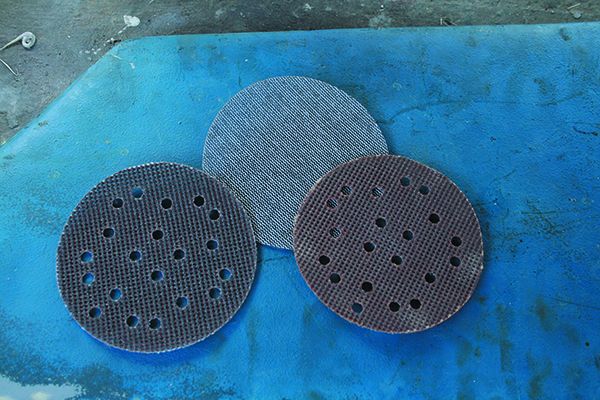
How about an article about the costs of boat insurance? Specifically, what is available from various companies and the cost. GEICO (BoatUS) has increased my premium by 50 percent over the past three years while decreasing the value of my boat by 15%.
Bob Paiement
C&C 33
Sodus Bay, NY
Dustless sanding
Regarding your report on dustless sanding (PS April 2016, “Dustless Sanding”), for sanding ablative bottom paint with no dust, I use sheetrock sanding screens, a sponge or rag, two buckets for water and a bucket for sludge. I keep everything wet, I constantly rinse the screen in a bucket of water.
When bucket #1 gets too much paint in it I put it aside and use bucket #2 so the paint can settle to the bottom in bucket #1. When bucket #2 is goopy I pour off the water in bucket #1, put the sludge in the sludge bucket, fill bucket #1 with fresh water and let bucket #2 settle. And so on until I’m done. In the end I have a bucket full of sludge and a smooth bottom ready for the next coat of paint. No dust, no respirator, lots of goop.
Joseph Huberman
Prestissimo, Wylie 43
Raleigh, NC
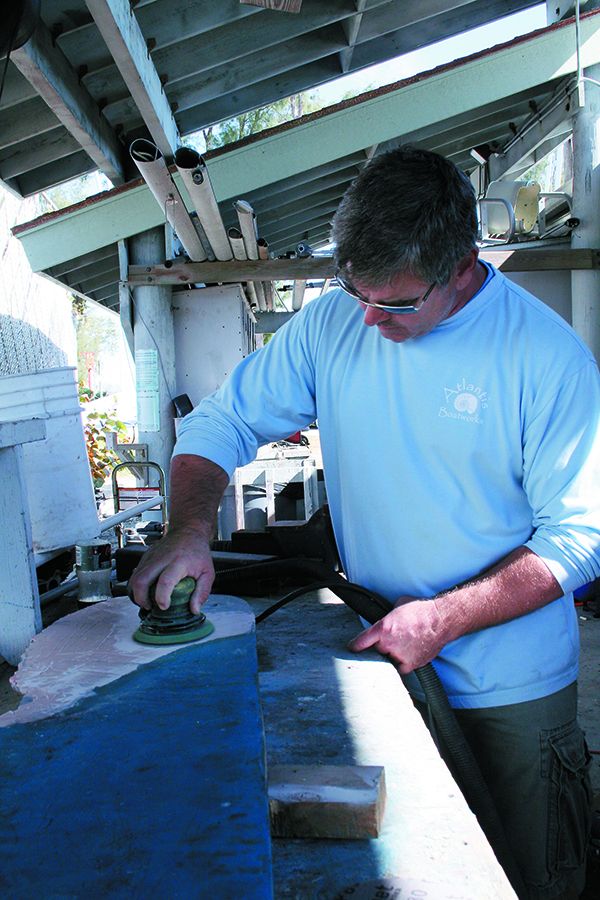
Thanks for the tip. (There’s no prying the sailor from his prized buckets—among the cruiser’s most versatile tools.) We’ve done several reports on abrasives, including sheetrock sanding screens. Our previous tests have highlighted several products, including the abrasives from Finnish company Mirka. Back in 2014, local contractor Robert Nelson reintroduced us to the Mirka sanders and Abranet abrasives. If you have a sanding, polishing, or fairing project ahead, a keyword search for “Mirka” will turn up several reports on tools and abrasives for sanding. Here are some of the more interesting reports:
- Back in May 2001, the report “Sandpaper: Carborundum’s Premier Red Shines For The Price,” looked at conventional sandpapers that still dominate the market today.
- In the PS July 2006 report, “Hand Abrasives Round-up,” we looked at a range of hand-sanding products
including sponges. - And our October 2020 report, “Making Sailing Affordable,” featured a sidebar, “Random Orbital Sanders Run Circles Around Hand Sanding” that evaluated the effectiveness of Fein’s random-orbital tool when used with Mirka’s Abranet abrasive disks.
Those early weeks of the “great splash,” when thousands of new boats hit the water for the first time this season can be chaotic to say the least. Whether you want to be first in the water or are happy to keep tinkering for a few more weeks, the PS Online archives have got you covered.
Wood finish
Modern polymers have made the job of protecting wood easier, but we’ve also found some eco-friendly natural concoctions that provide limited protection as well. Search “wood finishes” with our online tool for a bucket-load of articles on products and application tips. The 2-year wood finish update (September 2011), and the application and gloss report (June 2015) provide comprehensive coverage and links to previous reports.
Rig Inspection
Winter’s freeze and thaw cycles can creep into rigging terminals, and hidden corrosion can leave your rig vulnerable. If you’ve not yet stepped your mast, inspection is easier. If you have stepped it, it’s time to climb. In any case, we have you covered. Search “rig inspection” at PS Online. The late Brion Toss’s report, “Hidden Causes of Rig Failure,” is a great start.
Cleaning
Still scrubbing? Check out our test reports on boat soaps (PS January 2013), waterline stain removers (PS April 2014 and November 2007), isinglass/clear-vinyl cleaners and protectors (PS May 2014 and March 2009), and hull waxes and polishes (Inside Practical Sailor blog April 9, 2014 and July 2014 PS issue). Our four-volume report on Marine Cleaners in the PS Online bookstore will ensure you’ve got everything you need (www.practical-sailor.com/products).
Gear check
We’ve got dozens of reports on routine inspections and maintenance ranging from winches and windlasses to chainplates and keelbolts. Of particular interest is our ground-breaking research into lubricants and greases. Our report on winch grease (PS February 2017), spray protectants (PS September 2007) and anti-seize coatings (PS August 2018) are a good place to start.

Search By Date?
Hello. I am a happy subscriber of your online service, however, I find the search function to be incredibly challenging because it does not include a sort function which enables results to be chronologically ordered. It takes far longer to find effective information because it appears the results are randomly sorted, and those which are most time relevant are not able to be sorted at the top. Would it be possible to add a simple choice to the search which is found on nearly every other site which enables results to be sorted by date, most relevant, etc?
Jamie Reece
via email
You’re in luck! Our online search bar now has a “sort by date” option in addition to the default search, which sorts by relevance. When searching by date, you can help narrow the number of “hits” by using specific terms.
Foul weather gear update
I am a long-time subscriber and very much appreciate Practical Sailor.
My foul weather gear (20-year-old Henri Lloyd, bought based on recent Practical Sailor reviews at that time) has performed amazing well, but is no longer waterproof. I’ve searched the Practical Sailor archives and found a handful of articles on foul weather gear but noticed there are no recent reviews of foul weather gear, and there are some fabric waterproofing treatments (Scotchguard, Rust-Oleum NeverWet, etc.) that get pretty good reviews. I would really appreciate some new attention to foul weather gear.
David Lansky
Farrier F-22R
Burlington, VT
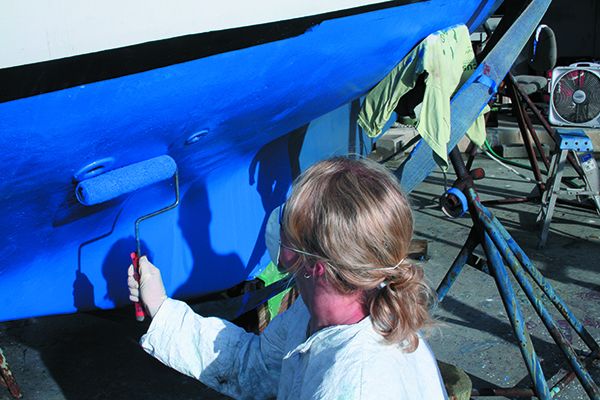
Our last multi-product test was in 2015 with an update in 2018 (see my recent Inside Practical Sailor blog post “Bracing for Cold and Wet Sailing,” for links to these and other reports). Although the makers often introduce new lines each season, in our experience most of these “new” lines rarely feature significant changes that impact overall performance. We’re always keen to learn about innovations, or new brands that are breaking new ground. If there are specific kits you’d like to see tested, let us know.
One related area where he have seen some notable advances is drysuits, which is also due for an update (see PS March 2009 “Wetsuits and Drysuits for Sailors.”). The articles might seem old, but their advice on features to look for, and comments regarding top manufacturers in this category remain valid.
As for treatments, most makers offer guidance on their preferred product (although near-identical equivalents are often available cheaper). My blog post “Fortifying Marine Fabrics Against the Elements,” (www.practical-sailor.com/blog/fortifying-marine-fabrics-against-the-elements) includes links to our reporting on fabric treatments.
Silicon Additive?
A year ago were looking at a Cape Dory 36 that had recently been hauled for the winter in midcoast Maine. I was surprised at how bright and evenly colored the bottom was in a DIY boatyard and complimented the owner on their thorough cleaning job . . . half suspecting that some controlled substance had been used in the bottom paint or cleaning process. His response: “I haven’t used any bottom paint in 10 years.” He’s used a slurry of liquid silicone and Vaseline every spring before going in the water. Have you any experience with this ?
Molly Mulhern
Camden, Maine
Silicon is a common component on propeller “foul release” paints that we’ve tested. A few bottom paints aimed at racers or commercial ships have, or had silicon. We have reported on “Prop Glop” (www.mobycool.com), which has similar properties to the goop you describe. It appears to be no longer available. My December 2018 blog “Propeller Paints vs. Barnacles” (www.practical-sailor.com/blog/propellor-paints-versus-barnacles) describes prop paints that worked, ranging from low to high prices. We’d be interested in hearing from readers who have experimented with silicone foul release coatings. One concern is that the residue will interfere with adhesion if you go back to paint (see PS January 2017, “PS tests Adhesive Removers”).
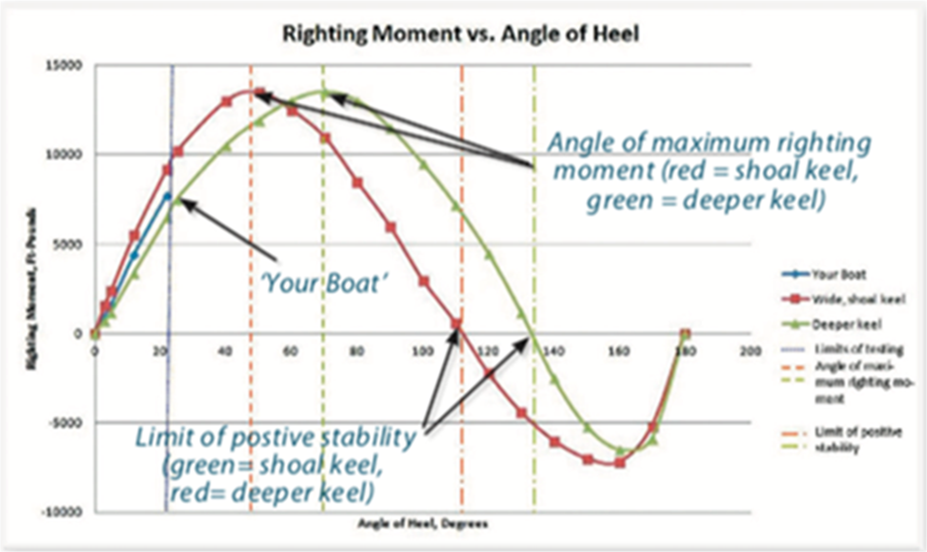
reader photography (digital jpeg ~1MB or greater) to practicalsailor@belvoir.
com; include your name, homeport, boat type, and boat name. Send any broken gear samples to Practical Sailor,1600 Bayshore Rd., Nokomis, FL 34275














